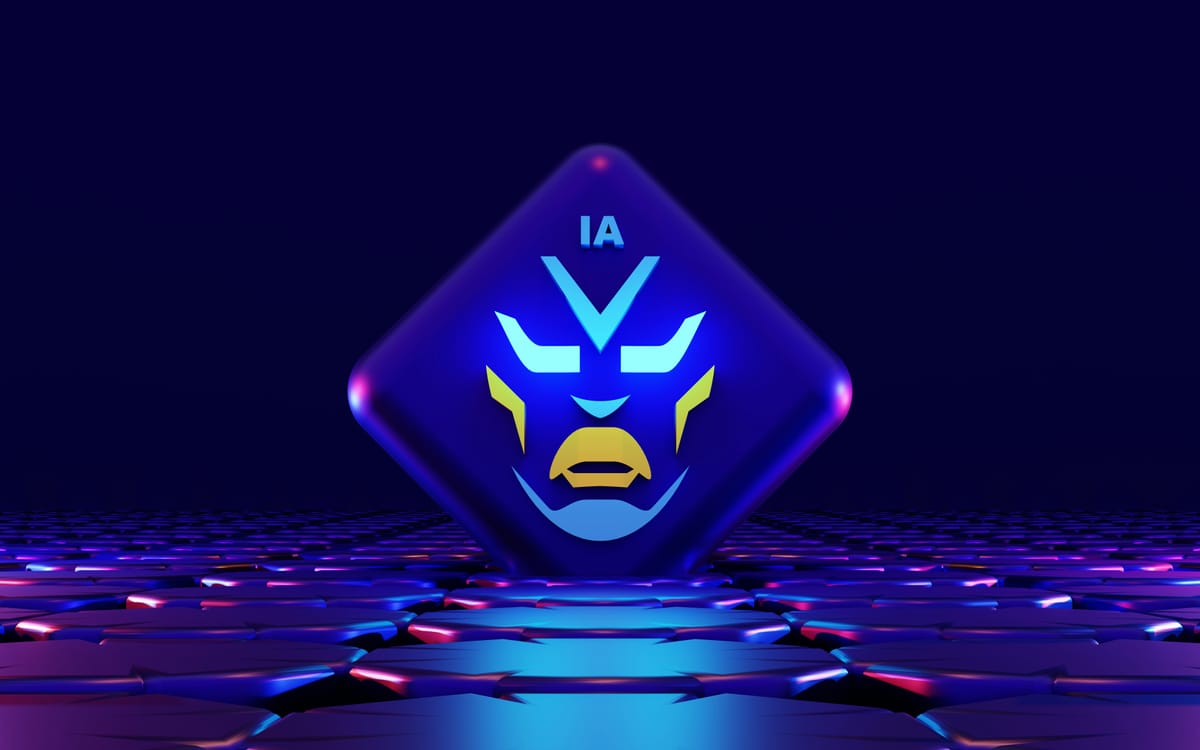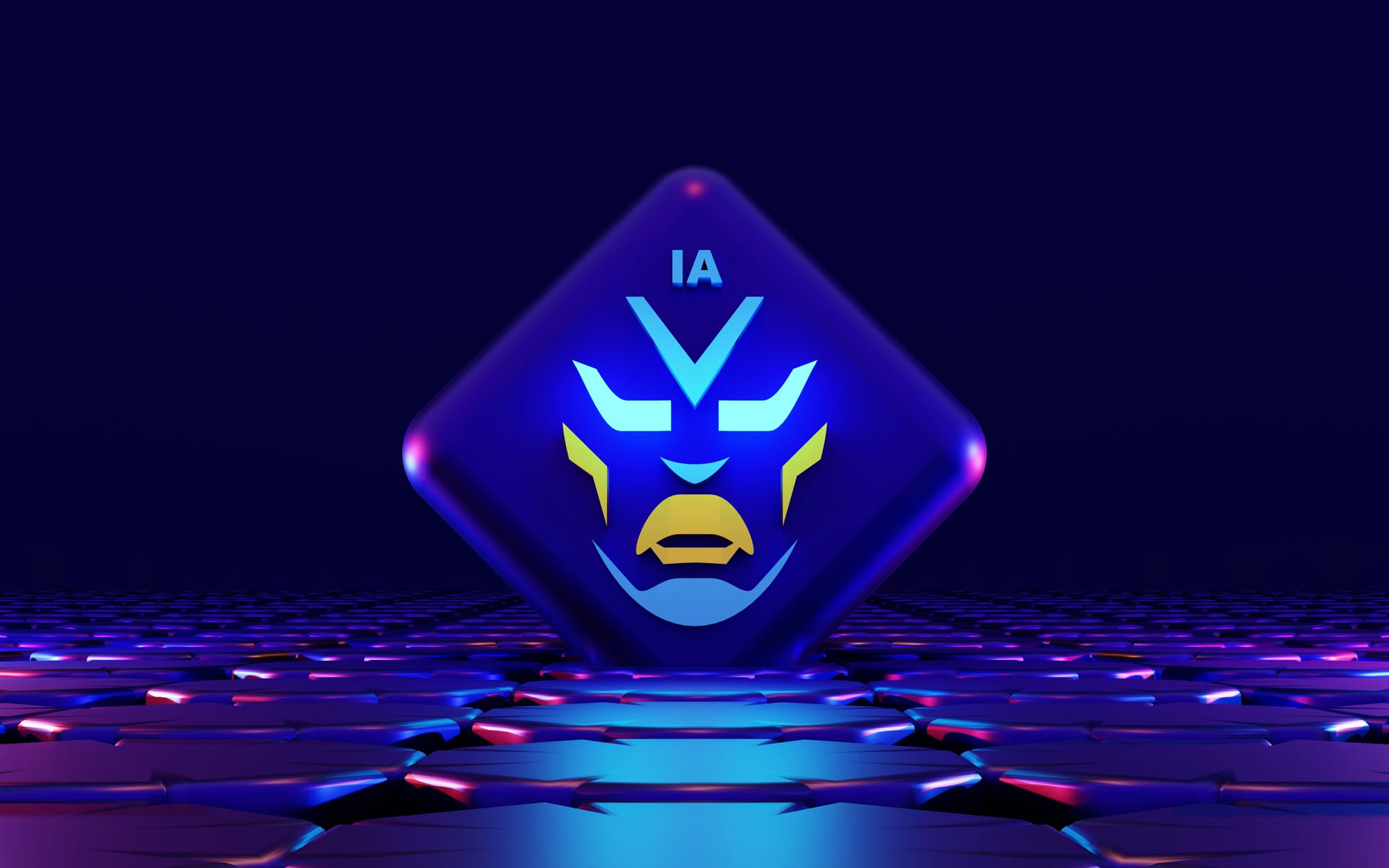How AI is Revolutionizing Professional Video Editing Services
Artificial Intelligence has significantly reshaped the professional video editing sector, fundamentally altering the production and editing processes of videos.


Artificial Intelligence has significantly reshaped the professional video editing sector, fundamentally altering the production and editing processes of videos.
An analysis of the influence of AI on video production, along with an examination of the advantages and constraints associated with the implementation of AI in video editing services, will be conducted. Furthermore, an exploration of the future landscape of video editing in light of the ascension of AI technology will be undertaken.
This discussion will also encompass an evaluation of the leading AI video editing tools currently accessible, and will consider whether the integration of AI into video editing represents an opportunity or a potential challenge.
For individuals seeking further clarification on the implications of AI in professional video editing, this article offers comprehensive coverage of the subject matter.
Key Takeaways:
AI is revolutionizing professional video editing services by streamlining processes, reducing costs and time, and enhancing the overall quality of the final product.
Despite its numerous advantages, AI in video editing still has limitations and raises questions about the future of human editors in the industry.
Top AI video editing tools to consider include Magisto, Adobe Premiere Pro, and Filmora, offering a range of features and capabilities for various editing needs.
Understanding the Impact of AI on Video Production
The video production landscape has undergone significant transformation due to the integration of AI technologies, which have automated a variety of tasks and introduced sophisticated advancements to streamline the creation of video content.
AI has enabled tasks such as video editing, color grading, and scriptwriting to be efficiently managed with minimal human intervention. The utilization of AI in video production has not only enhanced operational efficiency but has also brought about a revolution in the approach filmmakers take towards storytelling and visual effects. Through the utilization of AI, creators now have the capability to analyze audience preferences, trends, and feedback to customize their content for optimal impact. AI tools facilitate the improvement of video content by offering innovative solutions for enhancing cinematography, audio editing, and post-production processes.
Advantages of AI in Video Editing Services
The incorporation of AI tools into video editing services presents several benefits, such as heightened efficiency and innovation for video producers and content creators. AI tools optimize the editing workflow by automating tasks like scene detection, facial recognition, and color correction, resulting in time savings. This increased efficiency enables creators to concentrate on the creative elements of their projects and explore novel concepts.
AI tools have the capability to propose edits informed by trends and viewer preferences, resulting in more captivating and influential content. Through the utilization of AI technology, video producers can elevate the caliber of their final products and maintain a competitive edge in the dynamic realm of digital content production.
Limitations of AI in Video Editing
The utilization of artificial intelligence (AI) in video editing presents numerous benefits, yet it is met with certain limitations that necessitate human intervention to provide emotional intelligence and ensure synergistic collaboration between AI and human operators.
While AI demonstrates proficiency in automating repetitive tasks and heightening operational efficiency within video editing processes, it encounters challenges in comprehending nuanced elements such as emotional context, narrative depth, and artistic interpretation. Human video editors contribute a distinctive amalgamation of creativity, intuition, and expertise that is critical for crafting compelling and emotionally resonant content.
In the realm of video editing, the human element retains its irreplaceable status, given its involvement in rendering subjective judgments that demand empathy, cultural acumen, and the capacity to establish emotional connections with the audience.
Future of Video Editing: Humans vs. AI
The trajectory of video editing is anticipated to be influenced by the partnership between humans and artificial intelligence (AI). This synergy between AI and humans has the potential to optimize efficiency and foster creativity, all the while addressing pertinent issues such as potential job displacement. By striking a harmonious balance between AI and human involvement, a comprehensive and effective approach can be achieved.
AI Video Editing Tools and Software
The domain of AI video editing tools and software is in a state of constant evolution, integrating sophisticated AI automation and deep learning models to augment video editing capabilities and optimize the overall production workflow.
Top AI Video Editing Tools to Consider
When evaluating top AI video editing tools, Sora, ChatGPT, Clipchamp, and SharePoint emerge as notable options due to their distinctive capabilities and user-friendly functionalities.
Sora employs sophisticated AI algorithms to swiftly and accurately analyze video content, aiding in tasks like scene identification and automatic video trimming.
ChatGPT provides creative input by generating compelling video content ideas and proposing various editing styles, introducing a novel perspective to the editing procedure.
Clipchamp excels in its intuitive interface and extensive editing capabilities, simplifying the process for users to enhance their videos with professional-quality effects and transitions.
SharePoint enhances collaboration by enabling multiple users to collaborate on a video project concurrently, thereby optimizing efficiency and workflow management.
AI in Video Editing: Opportunity or Threat?
The incorporation of artificial intelligence (AI) into video editing is viewed from a dual perspective. It is perceived as an opportunity to augment creativity and efficiency, while also being regarded as a potential threat because of apprehensions surrounding job displacement and the potential erosion of the human element in the creative process.
FAQs about AI in Professional Video Editing
Common inquiries regarding AI in professional video editing often center around the functionalities of AI tools, the implications for video editing roles, and the ways in which AI can improve storytelling and video marketing strategies.
Advancements in AI tools for video editing are progressing swiftly, displaying increased complexity in tasks such as automated video analysis, scene segmentation, and even script generation. Despite these advancements, there are constraints to AI technology, particularly in areas that demand human creativity, intuition, and emotional comprehension. In terms of employment impact, AI's automation of repetitive tasks has the potential to optimize workflows, yet concerns about job displacement may arise.
Nevertheless, AI's aptitude for data analysis and content personalization can offer substantial advantages for storytelling and can enhance tailored video marketing strategies. This can prove particularly beneficial for businesses aiming to effectively engage with their target audiences.
Frequently Asked Questions
1. How is AI revolutionizing professional video editing services?
AI is revolutionizing professional video editing services by automating tasks that were previously time-consuming and labor-intensive, allowing for faster and more efficient video production. It can also analyze data and provide valuable insights to improve the overall quality of the video.
2. What tasks can AI perform in video editing services?
AI can perform tasks such as scene detection, color correction, and audio enhancement, as well as video stabilization and object tracking. It can also generate subtitles, create animated graphics, and suggest music and sound effects for a more polished final product.
3. Can AI replace human editors in professional video editing?
While AI is becoming more advanced and can perform many tasks, it cannot replace the creativity and intuition of a human editor. However, it can assist human editors by automating repetitive tasks and providing valuable data and insights to improve the final product.
4. How does AI improve the overall quality of videos?
AI can analyze data such as audience engagement and viewing patterns to provide insights on what elements of a video are most effective. It can also automatically make adjustments to color, lighting, and sound to enhance the overall quality of the video.
5. Are there any potential drawbacks to using AI in video editing services?
One potential drawback is that AI technology can be expensive and may not be accessible to all video production companies. Additionally, some may argue that relying too heavily on AI could lead to a decrease in creativity and originality in video content.
6. How can businesses benefit from using AI in professional video editing services?
By utilizing AI in video editing services, businesses can save time and resources, improve the quality of their videos, and reach a larger audience through data-driven insights. It can also help businesses stay competitive in a rapidly evolving industry.